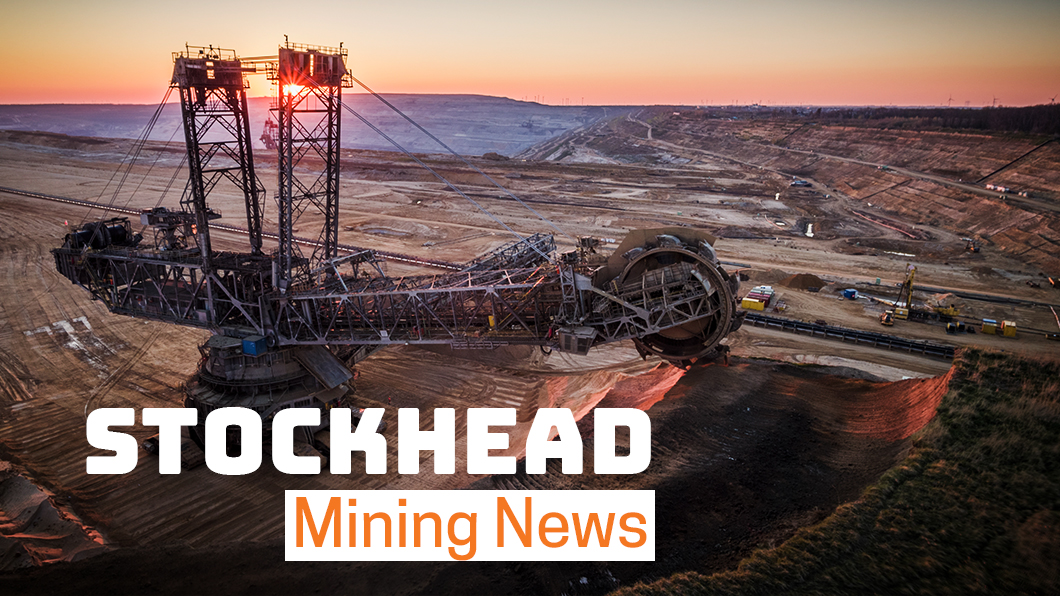Anglo American takes the stink out of potash, Parkway looks to disrupt sector

Pic: Schroptschop / E+ via Getty Images
Anglo American’s interest in a potash mine backed by entrepreneur Gina Rinehart could well be a sign potash could be less on the nose for investors this year.
Potash is a potassium product used to fertilise food crops that also helps protect plants against disease and pests.
The fertiliser can make fruit, vegetables and tree nuts more sturdy and improve their taste and appearance.
Canada is the biggest producer of potash in the world and Australia consumes 250,000 tonnes of potash each year.
Australia’s supply is entirely imported, creating opportunities for local companies that could end up supplying world markets.
Anglo goes low grade
Potash markets across the world are changing as agricultural lands decline in quality and demand picks up for a premium product known as sulphate of potash (SOP).
Australia features a number of SOP resources attracting investor attention.
The lower grade muriate-of-potash (MOP) product currently attracts about 90 per cent of world demand but times are changing as farmers switch it up.
As we tipped last year, it looks like potash stocks won’t stink in 2020 as they did last year.
Australia is emerging as a potential new potash production market. A number of ASX-listed juniors are aiming to get into the SOP business here.
Anglo’s £386m ($738m) bid last week for potash developer Sirius Minerals could be a positive sign for Australian investors, even though the mine is in England, particularly given it is lower grade than Australia’s projects.
London-listed Sirius has a polyhalite development on the Yorkshire moors. Polyhalite is a relatively low grade of potash.
But Sirius’ mine has attracted construction dollars from Australia’s richest woman, which is set to take a 5 per cent cut of revenues if the troubled project moves into production.
Sirus’ mine could produce 13 million tonnes a year of potash.
And now Anglo’s investment could signal good times for Australian investors if it starts a wave of potash merger-and-acquisition activity.
Compared to Sirius, a number of ASX-listed companies have higher value potash projects.
Perhaps this will be their year, if they can upgrade their statuses from explorers to developers and producers.
Low-grade lure a surprise
Back in October, Parkway Minerals (ASX:PWN) director Bahay Ozcakmak got out his crystal ball for Stockhead and predicted better potash pricing this year.
He sees the news out on Monday that China’s biggest potash producer Qinghai Salt Lake Potash Company is facing its third consecutive year of annual losses and is on the brink of being delisted from the Shenzhen Stock Exchange as another sign the potash market has probably found a floor.
Ozcakmak views the Anglo deal in a similar vein to other commentators — as a surprising turn to lower value potash.
He is optimistic SOP will gain in importance this year over the more conventional MOP product to follow the higher quality potash demand pattern.
“What’s surprising about the Sirius project, is it’s going in the opposite direction to what the market is demanding — the product, polyhalite, is a relatively low-quality form of potash with a high salt index,” Ozcakmak said.
“That’s quite surprising for a major company to want to acquire that. Normally the majors want to pick the long-term trends and aim for the high-quality end of the sector.”
Ozcakmak is surprised Anglo wants to build a potash business off Sirius’ project when there are larger projects to back, like the 5.5 billion tonne South Harz potash project that Parkway’s 21 per cent-held investment company Davenport Resources (ASX:DAV) owns in Germany.
Davenport is capitalised at $7 million, or about 1 per cent of the price Anglo is paying to acquire Sirius.
Promising tech
Potash junior Parkway has a number of other projects in its portfolio and an in-house technology that could turn it into an industry disruptor.
“Over many years, we have developed a proprietary brine processing technology suitable for more efficient, more sustainable potash production,” Ozcakmak said.
“Beyond our own projects, we’re evaluating the use of our aMES technology in a range of projects beyond Australia, including in Europe and North America at the moment.
“We see this is an opportunity to fast-track our technology.”
Parkway’s technology reduces the need for process water for a project and produces fresh water as a byproduct.
“Our ownership of the aMES technology enables us to evaluate a portfolio of projects and focus our efforts to where we think our involvement makes the most sense,” Ozcakmak said.
“Importantly, we don’t necessarily have to be an owner of a project to make money because our business model is more like a tech company where we’re looking to license our technology through an engineering partner and share in the value we create, without deploying major project capex.”
Prices improving
World markets for potash are supplied with product from the big four major suppliers — Canada, Russia, Belarus and China.
World prices are particularly affected by the supply of MOP and SOP from these markets, which produce about 76 per cent of the world’s potash.
The global MOP price is currently at last April’s price. MOP is at a price point of $US265.50 ($384.37) a tonne after starting 2019 at $US215. SOP is about $US550 a tonne.
Aussie contenders
Potash explorers on the ASX have their fingers crossed for 2020.
Stockhead reported back in mid-October last year that the average loss for small cap stocks in the prior 12 months was 10 per cent.
These days there are about 17 potash stocks on the ASX followed by small and mid-cap investors.
The list includes Pilbara-based developer Kalium Lakes (ASX:KLL), salt lake developers Salt Lake Potash (ASX:SO4) and Australian Potash (ASX:APC), and Parkway Minerals (ASX:PWN).
Kalium has made a final investment decision on its $606m Beyondie SOP project in the Pilbara and last month it told investors it expected to commission its mine by the end of 2020.
The West Australian company hopes to become Australia’s first SOP producer.
The $202m developer aims to initially supply 90,000 tonnes of potash to market and eventually double production.
Kalium is expecting to update to its resource and reserve estimates to include new discoveries at 10 Mile West and Sunshine Lake.
Salt lakes a focus
Fellow West Australians Salt Lake and Australian Potash also have ambitions as developers.
Both have completed feasibility studies and hope to make the jump to producer.
Salt Lake already has $US150m in debt finance from Taurus Funds Management for its Goldfields Salt Lakes project.
The $223m company put out a bankable feasibility study for its project last October that valued the project near Wiluna at $479m.
Australian Potash owns the 30-year Lake Wells project for which it released a definitive feasibility study for the project last August that valued it at $665m.
It hopes to start production 12 months after a final investment decision and eventually produce 4.5 million tonnes of high-grade SOP for $3.1 billion of free cash flow.
Australian Potash has a market value of less than 20 per cent of Kalium’s and Salt Lakes’ respective $202m and $223m market caps and is sitting around $37m.
A number of other companies have projects outside Australia, like $188m company Danakali (ASX:DNK), which has the long-play Colluli potash project in Eritrea.
But not all Australian companies with potash assets are choosing to develop them.
Among those with assets on the shelf is BHP Billiton (ASX:BHP).
The $118 billion company decided in 2017 to hold out for a better “market window” for its 4-million-tonne-a-year Jansen potash project in Saskatchewan, Canada.
At Stockhead, we tell it like it is. While Parkway Minerals is a Stockhead advertiser, it did not sponsor this article.
UNLOCK INSIGHTS
Discover the untold stories of emerging ASX stocks.
Daily news and expert analysis, it's free to subscribe.
By proceeding, you confirm you understand that we handle personal information in accordance with our Privacy Policy.








